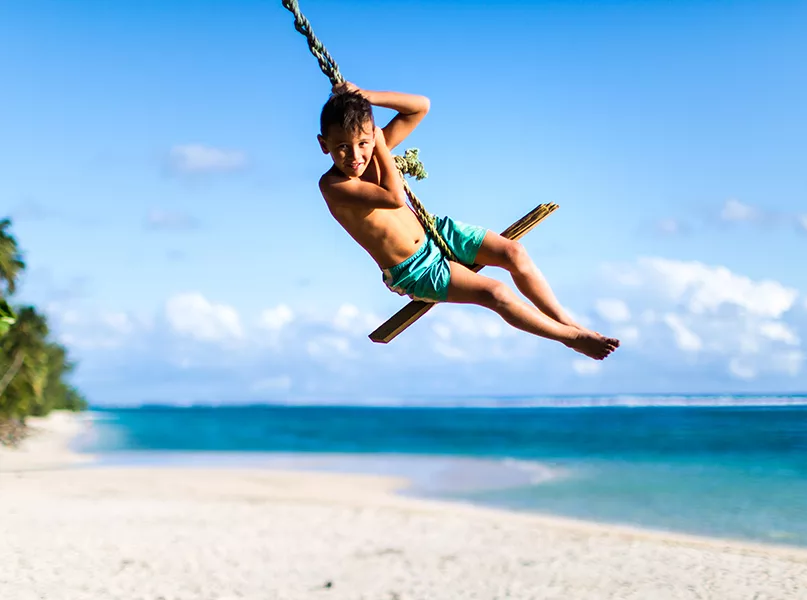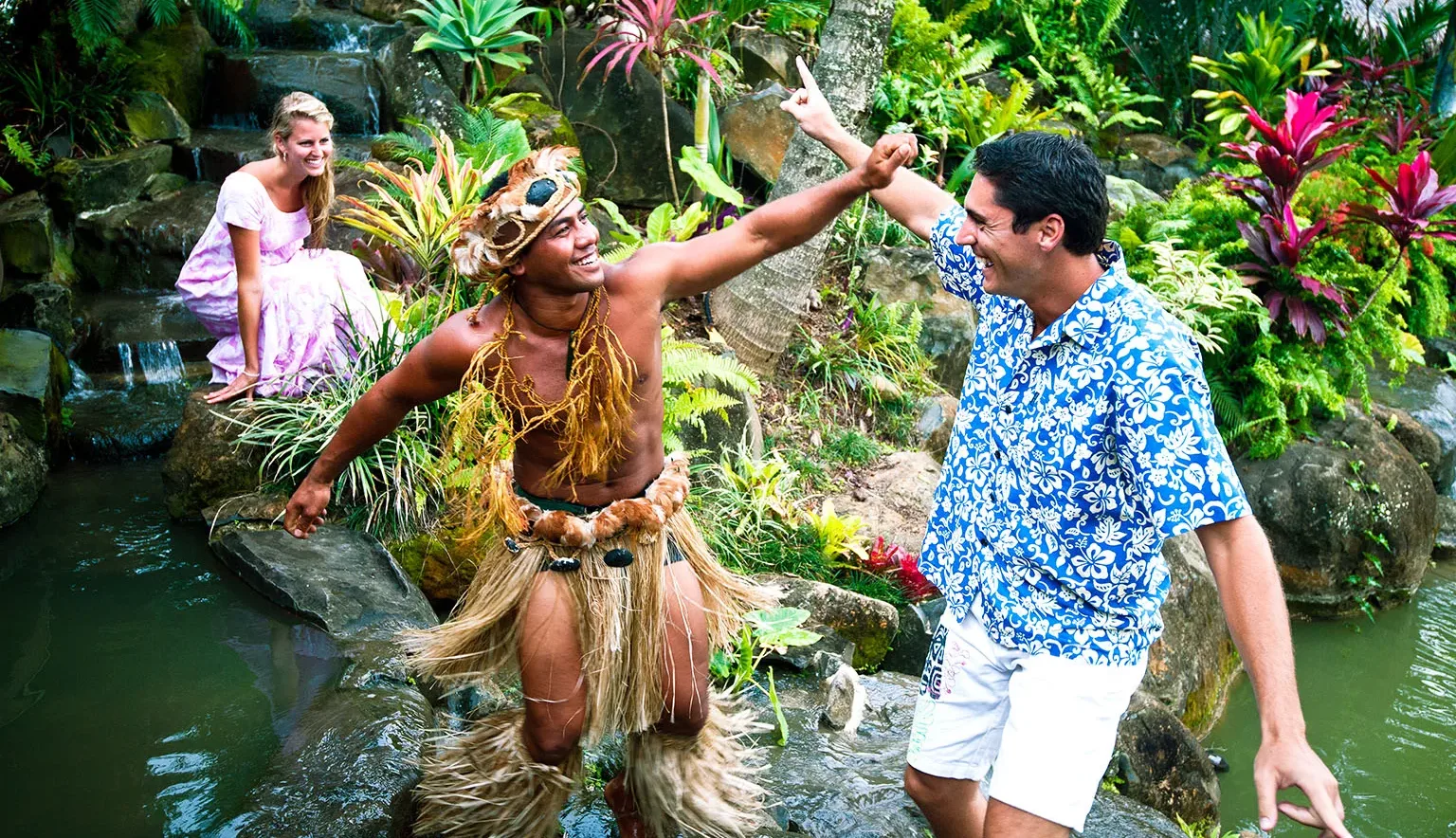Dedicated to promoting regenerative tourism and sustainable travel, the Cook Islands Tourism Corporation aims to provide visitors with a fulfilling and memorable experience by encouraging them to leave the South Pacific paradise better than when they arrived.
The Cook Islands Tourism Corporation wants travellers to seek adventure, learning opportunities, and connections responsibly, leaving a positive impact.
The corporation asks people to remember when learning the laid-back Polynesian way of life in the remote but accessible outer islands, that living like a local will entail accepting challenges such as limited modern conveniences and sometimes delays in communication.
Visitors are encouraged to share their experiences on social media platforms using the corporation’s motto – #lovealittleparadise. We speak to CEO, Karla Eggleton.
Q&A WITH KARLA EGGLETON, CEO, THE COOK ISLANDS TOURISM CORPORATION
Can you talk us through the origins of the Cook Islands Tourism Corporation?
Karla Eggleton, CEO (KE): The Cook Islands Tourism Corporation is a statutory body mandated to lead the destination with tourism marketing and management. Tourism is the leading economic sector for the Cook Islands, contributing over 60 percent of GDP. Tourism is the lifeline for our people and our nation, affecting every man, woman, and child; our job is to keep this industry alive. We are a small team with modest resources, but we have a huge passion for keeping the heart of this nation pumping.
Why, in your opinion should someone visit the Cook Islands and what type of travellers do the islands appeal to the most?
KE: Located in the heart of the South Pacific, the Cook Islands is steeped in Polynesian culture, living to the beat and rhythm of their own drum. You will find the biggest hearts, widest smiles, and the most appealing aspect – we are 15,000 people over 15 islands that make up this safe and peaceful country. We are like one big resort, only 45 minutes around the island of Rarotonga, boasting a plethora of easily accessible activities, attractions, eateries, shops, and accommodations. It is ‘love a little paradise’ at its absolute best.
What are the greatest challenges facing the corporation at the moment?
KE: Looking at tourism, our challenge is access. Since our borders opened in January 2022, airlift has hamstrung us. The airline industry had some significant challenges around aircraft and crewing shortages, which has impacted the Cook Islands getting back on its feet faster. The good news is that three additional non-stop routes were added to our Auckland to Rarotonga schedule this past year. You can now fly to the Cook Islands via Auckland (New Zealand), Sydney (Australia), Papeete (Tahiti, French Polynesia), and Honolulu (Hawaii, US). There is certainly room for more flights and airlines.
Are there any new tourism initiatives, or projects in the pipeline, that you would like to highlight?
KE: The Cook Islands is at an exciting time in its tourism journey, recently launching our Cook Islands Tourism Development Strategy (CITDS). This speaks to better rebuilding and ensuring a quadruple bottom-line approach of providing community-led tourism that benefits conservation, commerce, culture, and community. This will be key for our fragile and vulnerable landscape.
What does the Cook Islands have to offer in terms of sustainable and socially responsible travel experiences, and how do they benefit the local community?
KE: There has been considerable focus in this area in the past year, and our new CITDS has worked to identify these wonderful experiences to offer visitors the opportunity to volunteer, contribute, and help leave the island better than it was. The Cook Islands runs an all-inclusive voluntary business accreditation and quality assurance programme. This highlights and encourages Mana Tiaki (think guardianship) and eco-standards. This also now extends into visitor programmes in the pipeline, including lagoon eradication of the coral-eating crown of thorns, coral gardening for lagoon restoration, vetiver grass planting along riverbanks and streams to support lagoon health and reduce sedimentation, cooking classes using locally grown and organic products, and animal welfare support – working with our local Cook Islands SPCA – to name a few. We are incredibly early in the journey and continue to look at opportunities within our community to share with our visitors.
How do you promote the islands, especially during the rainy season?
KE: The remarkable thing about the Cook Islands is that we don’t have monsoon weather like Asia. In fact, because most of our islands are low-lying, the clouds pass right over us. The warm morning drizzle will simply pass, and be replaced by beautiful sunshine. Should there be an extended period of rain over the summer season, that shouldn’t stop you from exploring our cafés, art galleries, quad buggy tours (think mud, mud, mud), and jet skiing (you are going to get wet anyway).
What are the corporation’s key priorities and goals for the future?
KE: As we navigate the next steps in our tourism journey, the corporation aspires to ensure our people’s well-being. While Rarotonga and Aitutaki have an award-winning mature and extended tourism product for every visitor looking for that perfect holiday, there are also remote islands and villages that we must respect and introduce them to the right kind of visitor who will appreciate




























